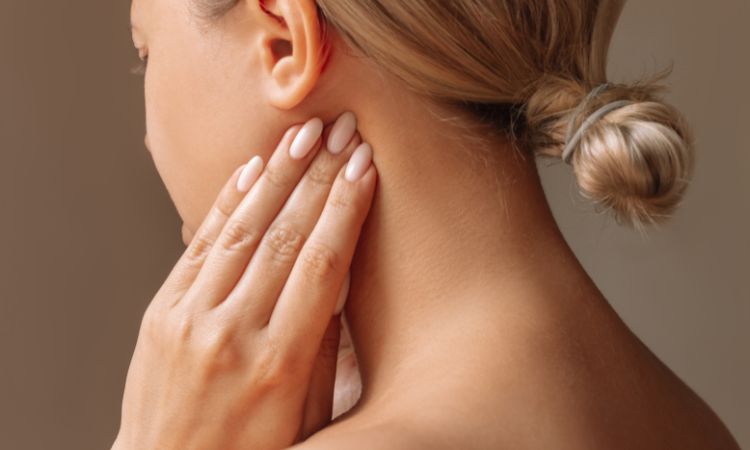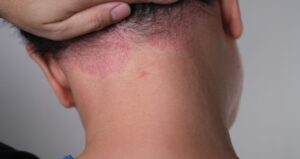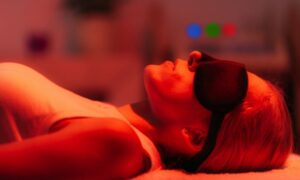Dealing with persistent pain, swelling, or stiffness can be frustrating, and finding effective solutions is often a challenge. Red light therapy (RLT) has gained attention as a non-invasive approach to managing inflammation and promoting recovery. But how does it work, and what can you realistically expect from it? In this blog, we’ll break down the science behind inflammation, explain how red light therapy interacts with the body, and highlight its potential benefits for pain relief and overall wellness.
We’ll also cover practical guidance on incorporating RLT into your routine, including frequency and safety considerations. Understanding the mechanisms and proper use of red light therapy will help you make informed choices and see whether it’s a suitable addition to your approach for managing pain and inflammation effectively.
Understanding Inflammation: Acute vs. Chronic
Inflammation is more than just pain, redness, or swelling. It’s your body’s natural defense mechanism. Think of it as your immune system’s “first responder,” rushing to protect and repair your body whenever there’s injury, infection, or stress. While inflammation is a vital part of healing, it comes in different forms, and understanding the difference between acute and chronic inflammation is key to managing your health effectively.
- Acute inflammation is short-term and usually beneficial. It’s your body’s way of repairing damage, fighting off infection, and restoring balance. For instance, if you sprain an ankle or get a small cut, acute inflammation brings immune cells and nutrients to the site to promote healing. Once the injury is resolved, the inflammation naturally subsides, leaving your body back in balance.
- Chronic inflammation, on the other hand, lingers and can quietly harm your health over time. It may arise from repeated acute inflammation, autoimmune disorders, or lifestyle and environmental factors such as poor sleep, chronic stress, exposure to toxins, or a nutrient-deficient diet. Left unchecked, chronic inflammation can increase the risk of conditions like arthritis, cardiovascular disease, diabetes, certain cancers, and even mental health challenges.
Common signs of inflammation include heat, redness, swelling, pain, and reduced function. Chemicals like bradykinin and histamine trigger pain signals to alert you to problems, but chronic inflammation can operate silently, gradually disrupting cellular function and overall wellness. Recognizing these signs early and addressing underlying causes is crucial to maintaining long-term health.
Risks of Conventional Anti-Inflammatories
Many people turn to NSAIDs, such as ibuprofen, aspirin, or prescription Cox-2 inhibitors, to manage pain and inflammation. While these medications can be effective in the short term, relying on them for extended periods carries potential risks.
- Gastrointestinal issues (ulcers, bleeding)
- Kidney or liver stress
- Increased risk of cardiovascular events
- Reduced effectiveness with age
Because of these concerns, more individuals are seeking alternative, non-invasive ways to manage inflammation. Methods like red light therapy are gaining attention for their ability to help reduce inflammation naturally, without the side effects commonly associated with long-term pharmaceutical use.
What Is Red Light Therapy?
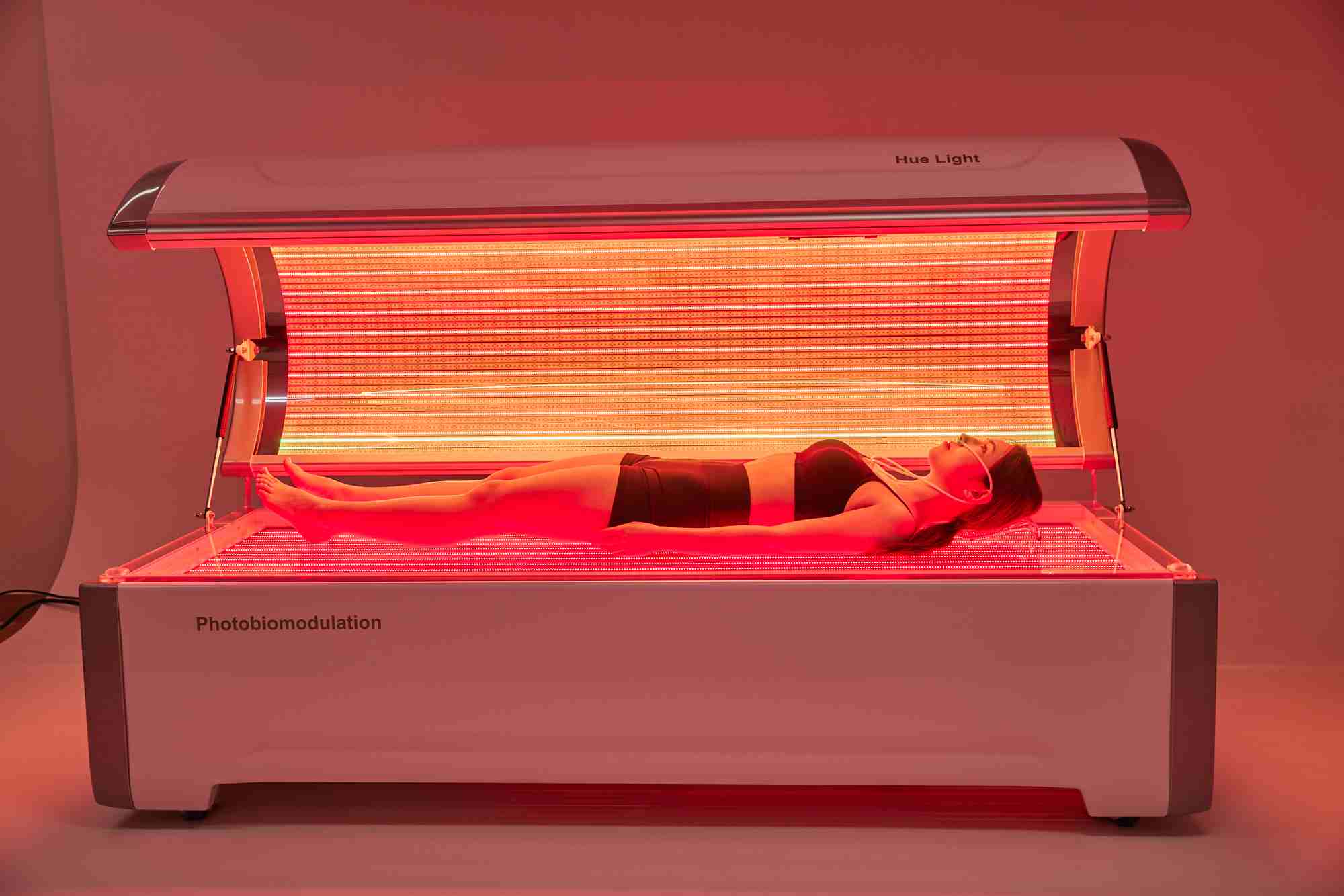 Red light therapy, also called photobiomodulation (PBM), is a non-invasive treatment that uses low levels of red or near-infrared (NIR) light to support cellular repair and reduce inflammation. Unlike ultraviolet (UV) light, which can damage the skin, red and NIR light penetrate gently into tissue and activate natural healing processes.
Red light therapy, also called photobiomodulation (PBM), is a non-invasive treatment that uses low levels of red or near-infrared (NIR) light to support cellular repair and reduce inflammation. Unlike ultraviolet (UV) light, which can damage the skin, red and NIR light penetrate gently into tissue and activate natural healing processes.
At the cellular level, red light therapy focuses on the mitochondria, often referred to as the “powerhouses” of the cell. When mitochondria absorb these wavelengths of light, they produce more ATP, the energy your cells rely on to function. With more energy available, the body is able to repair tissue more efficiently, lower oxidative stress, which is one of the main causes of inflammation, and improve blood flow to deliver oxygen and nutrients where they are needed most.
This process is what makes red light therapy an effective option for easing pain, supporting recovery, and promoting overall wellness.
How Red Light Therapy Helps With Pain and Inflammation
Clinical research and real-world use show that red light therapy supports the body’s healing process in several key ways. Unlike medications that may only mask symptoms, red light therapy works at a cellular level. When red and near-infrared light penetrates the skin, it stimulates the mitochondria (the “powerhouse” of the cell) to produce more energy in the form of ATP. This boost in cellular energy helps tissues repair themselves faster, reduces inflammatory responses, and improves circulation. Over time, these effects combine to lower pain levels, speed up recovery, and support long-term joint and muscle health.
- Reducing swelling and tissue damage: Studies show PBM can reduce inflammatory markers, calming swelling and limiting further tissue damage, which speeds up recovery after injuries, surgery, or tough workouts.
- Relieving pain and soreness: Regular sessions can ease joint stiffness, tendonitis, and muscle soreness after exercise. Instead of just masking the pain, red light therapy works by targeting the inflammation at its source.
- Promoting faster healing: Red and near-infrared light stimulate collagen production and encourage new cell growth. This helps repair both minor issues like cuts and bruises as well as deeper tissue injuries involving muscles and tendons.
Clinical studies and practical examples also back these benefits:
- Patients recovering from hip replacement surgery reported less pain and swelling when red light therapy was part of their care.
- People with gum inflammation showed better oral health and reduced cellular stress after treatment.
- Athletes who used red light therapy before or after workouts experienced less muscle soreness and recovered faster.
As Dr. Michael Hamblin, a leading photomedicine researcher at Harvard Medical School, explains, red and near-infrared light act as “a very mild form of stress that activates protective mechanisms in the cells”, boosting healing, anti-inflammatories, and antioxidants.
How Often Should You Use Red Light Therapy for Inflammation?
The frequency of red light therapy depends on how severe your inflammation is and the type of device you’re using. It’s not a one-size-fits-all approach, but following a consistent routine can make a noticeable difference over time. Here’s a simple guideline:
- For mild inflammation: 3 to 4 sessions per week are usually enough to help calm swelling and support recovery.
- For chronic or more severe inflammation: Daily sessions of 10 to 20 minutes per area may provide the best results, helping to manage discomfort and promote faster healing.
- For maintenance: Once inflammation has improved, reducing to 1 or 2 sessions per week can help keep your body in balance and prevent flare-ups.
Consistency is key. Red light therapy works gradually, building its effects over time. Skipping sessions may slow progress, while sticking to a routine allows the benefits to accumulate and support long-term wellness. Remember, even short daily or regular sessions can make a big difference when combined with good lifestyle habits, like proper rest, nutrition, and gentle movement.
Who Can Benefit From Red Light Therapy?
Whether you’re dealing with everyday aches, chronic inflammation, or post-exercise soreness, red light therapy can be a safe and effective way to support your body’s natural healing process. By gently stimulating cellular repair, improving circulation, and reducing inflammatory responses, it helps the body recover more efficiently and maintain overall wellness.
Some groups who may see particular benefits include:
- People with chronic inflammatory conditions such as arthritis or autoimmune disorders often experience ongoing discomfort and need gentle, consistent support for managing inflammation.
- Older adults dealing with joint stiffness, age-related aches, or reduced mobility, from red light therapy can help ease discomfort and promote more comfortable movement.
- Athletes and active individuals recovering from intense workouts or injuries, helping to reduce muscle soreness, accelerate tissue repair, and support quicker return to activity.
- Anyone seeking a natural, non-invasive alternative to medications, who wants to manage pain safely while supporting long-term health and recovery.
By addressing inflammation at its source and enhancing the body’s own repair mechanisms, red light therapy offers a versatile approach that can benefit a wide range of people, from everyday users to those with more specialized needs.
Related Article: Red Light Therapy for Kidneys
Choosing the Right Red Light Therapy Device
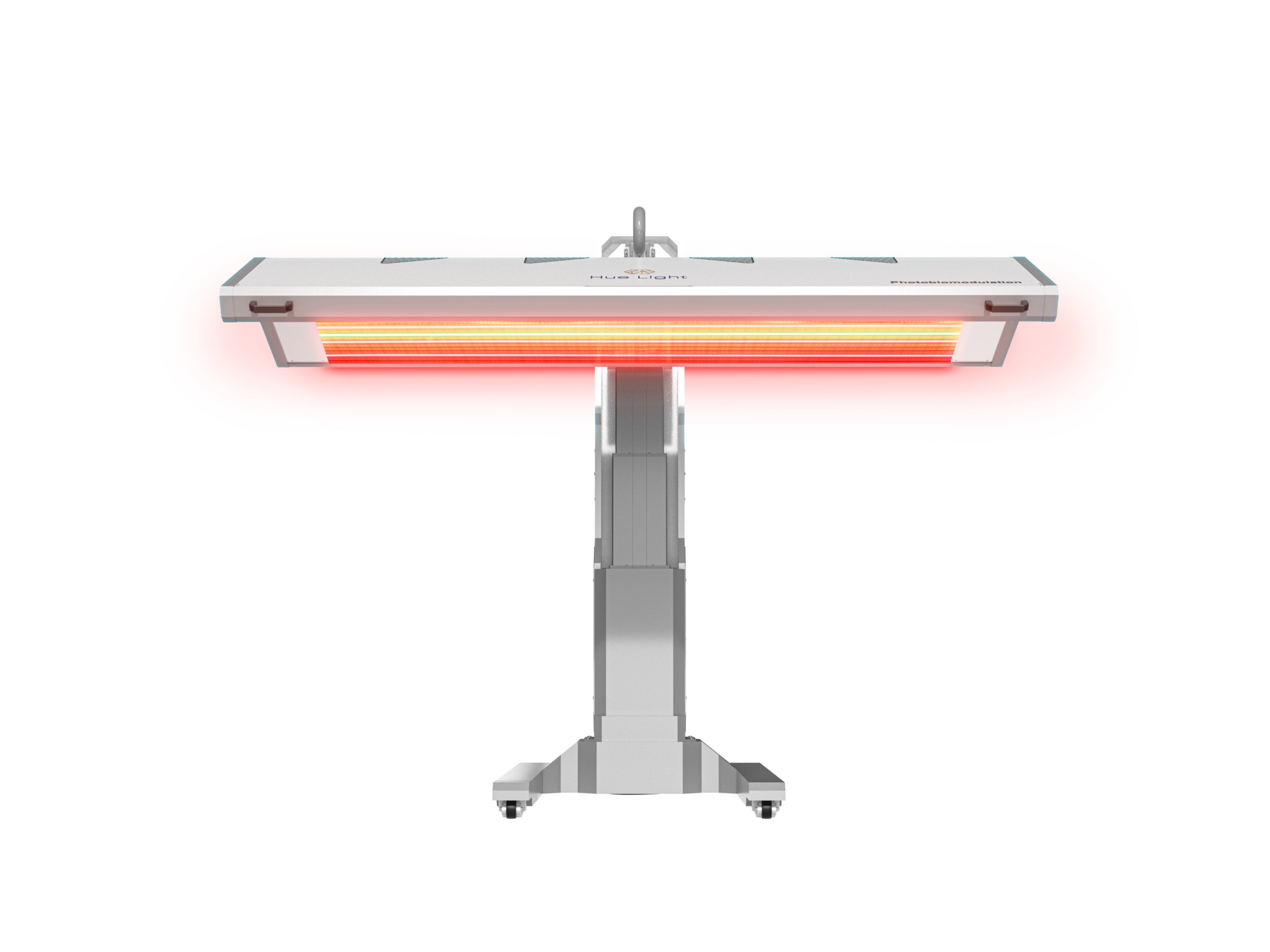 Picking the right red light therapy device is important if you want results that are safe, effective, and reliable. The best device is one that fits your needs, targets the areas you want to treat, and works with your daily routine. Choosing the right device can make your sessions more comfortable, help you stick with it consistently, and ultimately give you better results.
Picking the right red light therapy device is important if you want results that are safe, effective, and reliable. The best device is one that fits your needs, targets the areas you want to treat, and works with your daily routine. Choosing the right device can make your sessions more comfortable, help you stick with it consistently, and ultimately give you better results.
Here’s what to consider:
- Wavelength: Red light between 600 and 700 nanometers and near-infrared light between 800 and 900 nanometers are most effective for reducing inflammation and supporting cellular repair.
- Intensity: Higher power can penetrate deeper tissues, but more isn’t always better. The goal is to provide enough energy to promote healing without overloading the tissue.
- Coverage area: Full-body panels are ideal for overall systemic benefits, while smaller panels or wraps are perfect for targeting joints or specific areas of the body.
- Positioning and comfort: Treatments can be done sitting, standing, or lying down. Choose a device that allows you to target the area comfortably and maintain consistent sessions.
- Device options: Flexible devices such as the Whole Body PBM Treatment Device and Wing Panel provide options for both full-body and targeted use. This flexibility makes it easier to stay consistent with your therapy routine, which is important for seeing the best results.
Tips to Maximize Red Light Therapy Benefits
To get the best results from red light therapy, it helps to combine your sessions with healthy lifestyle habits. Here are some practical tips:
- Stay hydrated: Drinking enough water is essential because proper hydration supports tissue repair and helps your cells respond better to the therapy.
- Follow an anti-inflammatory diet: Eating foods rich in omega-3s, antioxidants, and vitamins can enhance cellular recovery and complement the healing effects of red light therapy. Think colorful vegetables, fatty fish, nuts, and berries.
- Include light exercise or stretching: Gentle movement increases blood flow, warms up tissues, and works hand-in-hand with RLT to improve flexibility and speed up recovery.
- Prioritize sleep and manage stress: Your body heals most effectively when it’s rested and calm. Aim for consistent sleep and use stress-reducing practices like meditation, deep breathing, or short walks.
- Consistency is key: Red light therapy works best when used regularly. Skipping sessions can reduce their effectiveness, so try to make it part of your routine.
Remember, red light therapy isn’t a quick fix, but when combined with these habits, it can significantly enhance your body’s natural healing abilities and help you feel better faster.
Conclusion: A Safe, Natural Way to Support Healing
Red light therapy offers a gentle, science-backed approach to managing pain and inflammation by working directly with your body’s natural healing processes. It helps increase cellular energy, reduce oxidative stress, improve circulation, and support tissue repair. This makes it effective for a wide range of situations, from everyday aches and post-exercise soreness to chronic conditions like arthritis and recovery from injuries.
To get the best results, consistency and supportive habits are key. Staying hydrated, following an anti-inflammatory diet, incorporating gentle movement, and prioritizing rest can all enhance the effects of therapy. By combining these habits with regular sessions, you give your body the tools it needs to recover efficiently and maintain overall wellness.
Choosing the right device also matters. Options like the Hue-Light Whole Body PBM Treatment Device and Wing Panel provide flexible solutions for both full-body and targeted use, making it easier to integrate RLT into your daily routine. By supporting your body’s own repair mechanisms and reducing inflammation at its source, red light therapy offers a safe, non-invasive, and lasting way to ease pain, speed recovery, and improve overall well-being.
